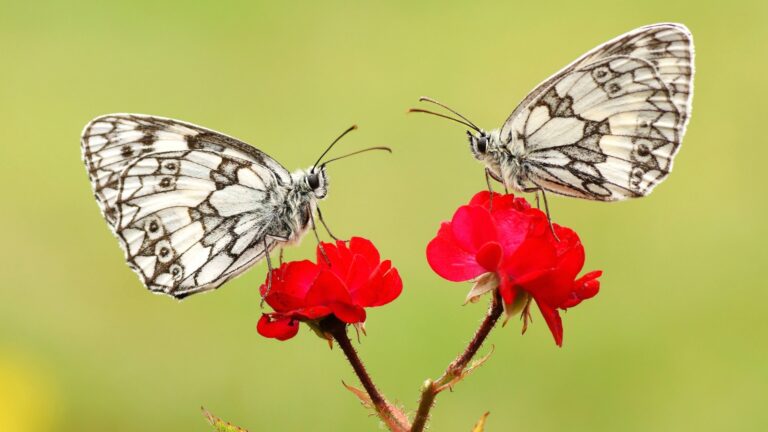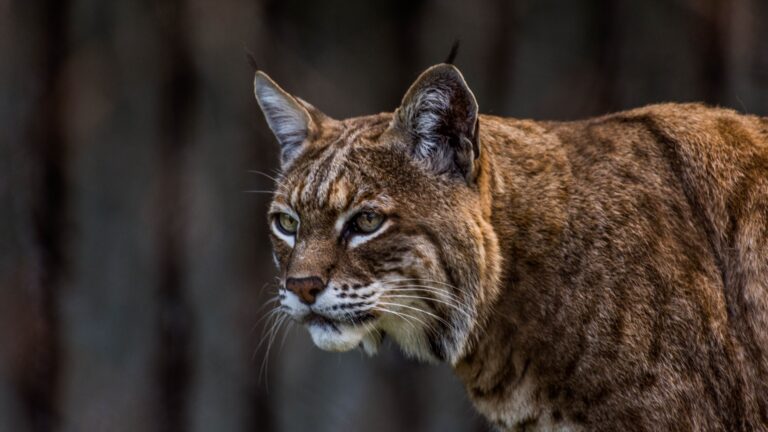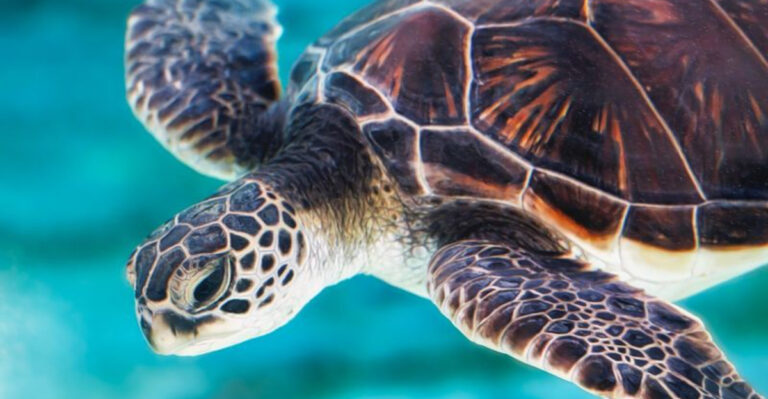New Invasive Orange-Headed Species Discovered, And Experts Fear Control Isn’t Feasible
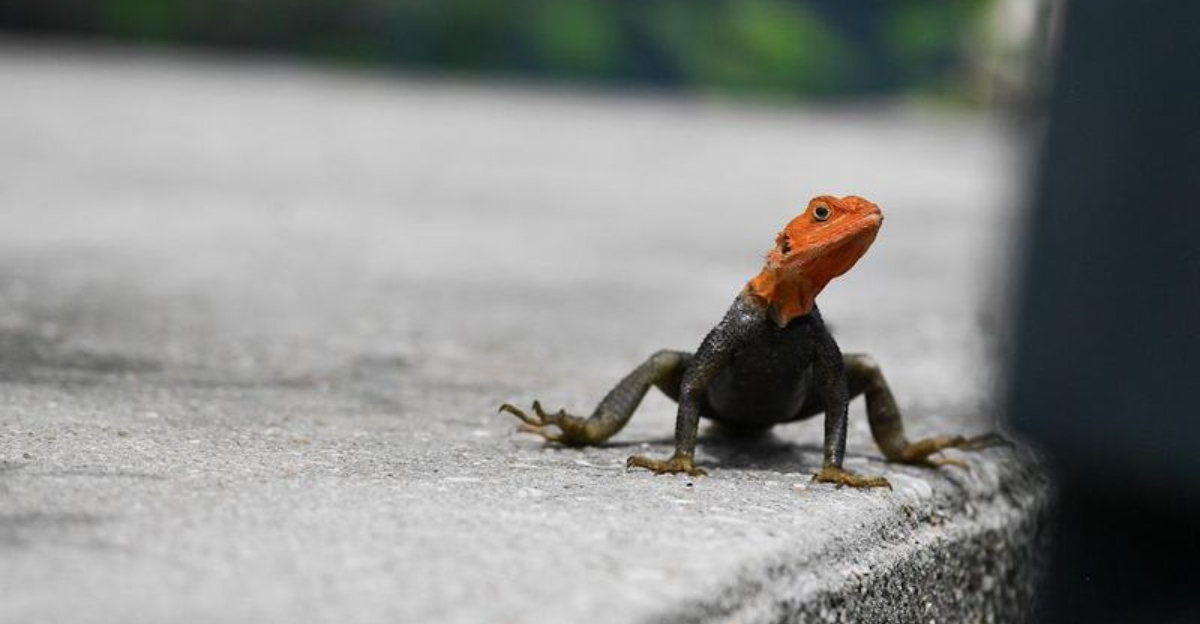
Scientists have identified a new invasive species taking over parts of Florida with alarming speed. Peter’s rock agamas, recognizable by their bright orange heads and blue bodies, have established growing populations that worry environmental experts.
These African lizards have no natural predators in the United States, making their spread particularly concerning for local ecosystems already under pressure from numerous invasive species.
1. Meet The Orange-Headed Invader
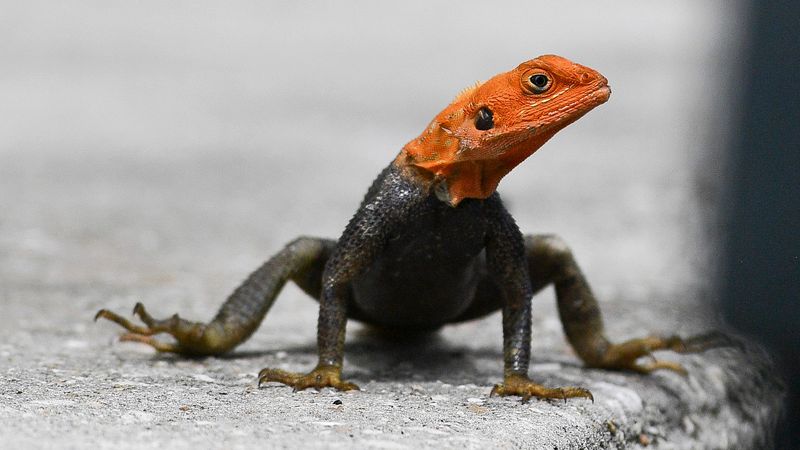
Peter’s rock agamas originally come from East Africa but have somehow made their way to Florida. Males sport striking orange heads with bluish bodies reaching up to a foot long, making them easy to spot sunning themselves on walls and fences.
Females have more subdued coloring but are equally concerning to ecologists tracking their spread. Unlike some invasive species, these lizards adjust quickly to urban environments.
2. Rapid Population Explosion
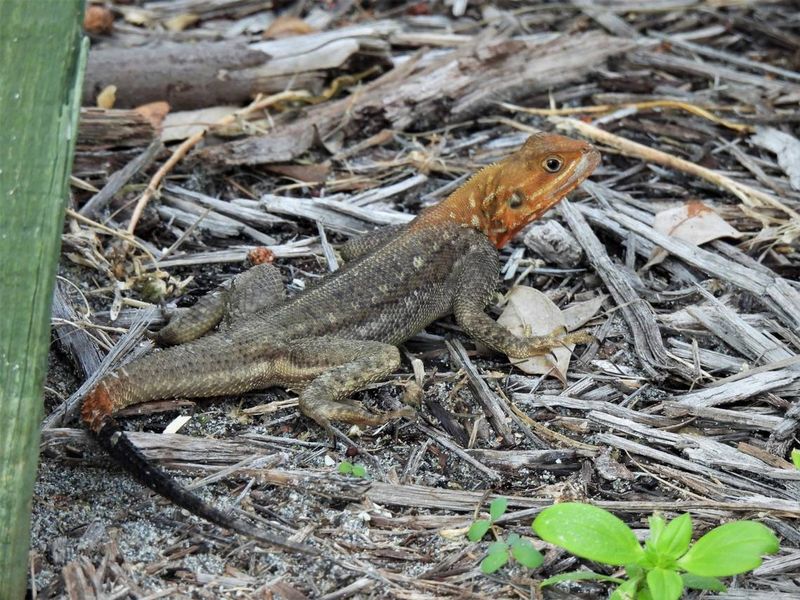
First spotted in Florida around 2000, Peter’s rock agamas have multiplied at an alarming rate. Scientists estimate their numbers have increased tenfold in just the past five years alone.
A single female can lay multiple clutches of eggs annually, with each containing 5-7 eggs. This reproductive efficiency, combined with few natural threats, has allowed populations to establish firmly in Miami-Dade, Broward, and Palm Beach counties.
3. Hitchhikers From Africa
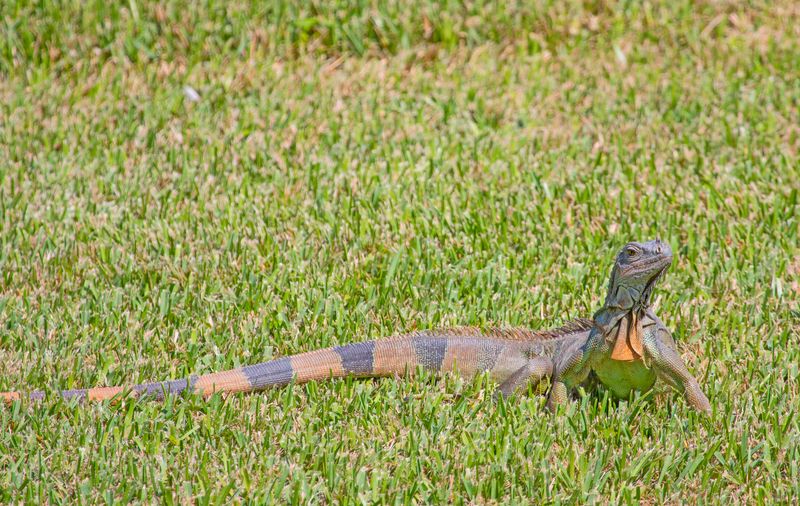
Nobody planned to bring these lizards to America. Most likely, they arrived as accidental stowaways in shipping containers or plant nursery materials from East Africa.
Global trade connects ecosystems that evolved separately for millions of years. Once established, these hitchhikers found Florida’s warm climate and abundant food sources perfectly suited to their needs, allowing them to thrive far from their native habitat.
4. Diet Threatens Native Wildlife
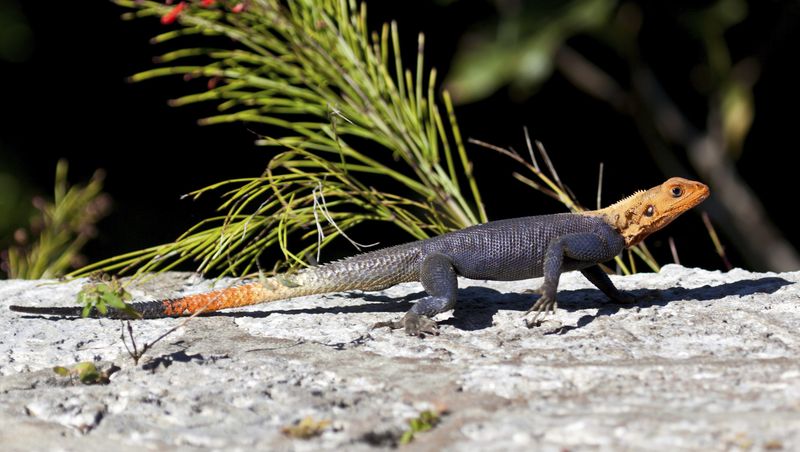
These hungry lizards consume almost anything they can catch. Their varied diet includes insects, flowers, fruits, and occasionally smaller lizards native to Florida.
Researchers have documented Peter’s rock agamas eating beneficial pollinators like butterflies and bees. This appetite puts them in direct competition with native wildlife for food resources, potentially disrupting the delicate balance of Florida’s ecosystems already under stress.
5. Thriving In Urban Environments
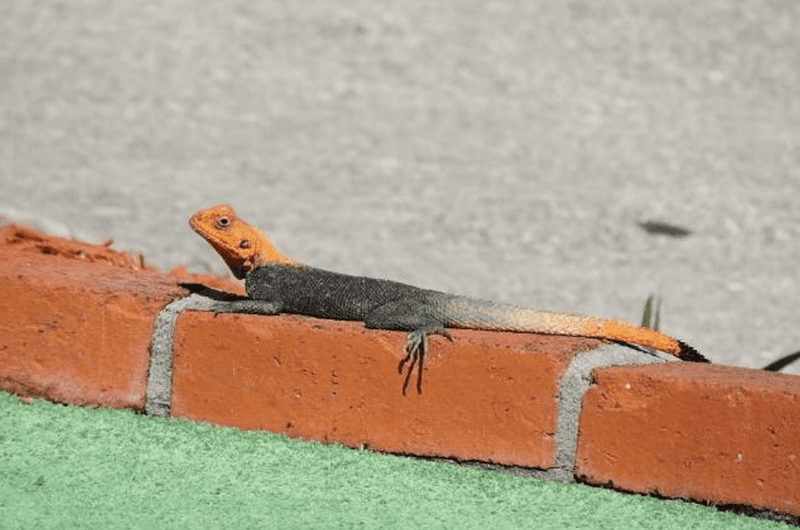
Unlike some invasive species that stick to wilderness areas, Peter’s rock agamas flourish in cities and suburbs. They’ve adapted to use walls, fences, and buildings as perfect basking spots and hunting grounds.
Their comfort around humans makes them particularly successful invaders. Many Florida residents initially find them attractive and interesting, sometimes even providing food or water, unaware of the ecological threat they pose.
6. Impossible To Fully Eradicate

Wildlife officials face a grim reality when dealing with these lizards. Their numbers have grown too large and their range too extensive for complete eradication to be feasible.
Removal efforts cost millions of dollars with limited success. Even if 90% of the population were removed, the remaining lizards could quickly repopulate within a few breeding seasons, making permanent elimination virtually impossible without sustained, expensive efforts.
7. Climate Change Expands Their Range
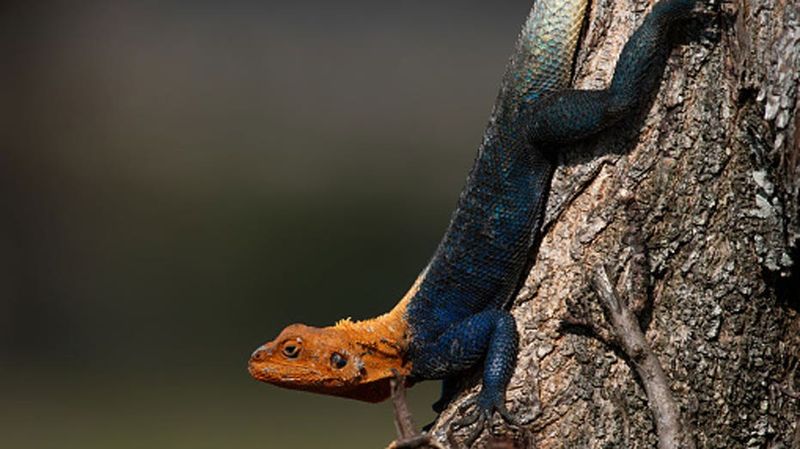
Rising temperatures create new opportunities for these heat-loving lizards. Climate models predict Peter’s rock agamas could potentially spread throughout the southeastern United States as winters grow milder.
Georgia and Alabama have already reported isolated sightings. Scientists worry that within decades, these African natives could establish breeding populations as far north as South Carolina, expanding their ecological impact to regions completely unprepared for their arrival.
8. Confused With Native Lizards
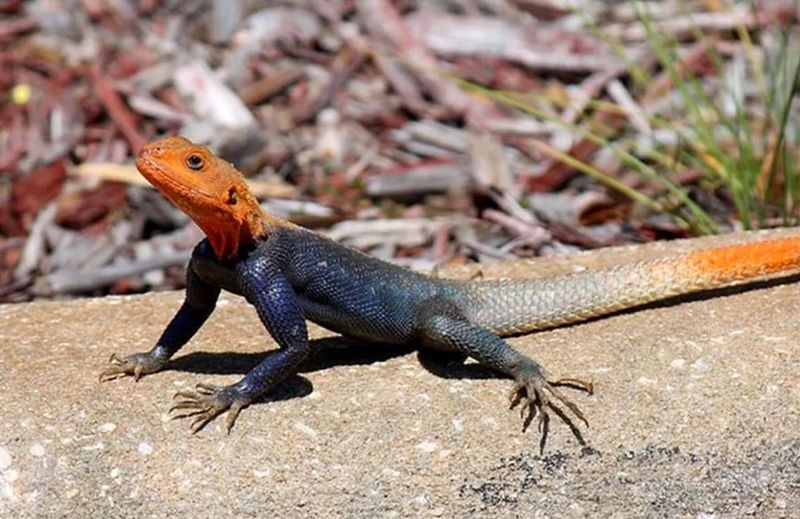
Many Floridians mistake Peter’s rock agamas for native anole species at first glance. This confusion delays reporting of new populations and allows the invaders to establish themselves before authorities become aware.
The bright orange head of male agamas makes them distinctive, but females and juveniles blend in more easily with native species. Public education campaigns now focus on helping residents identify and report these lizards to tracking programs.
9. Pet Trade Complications
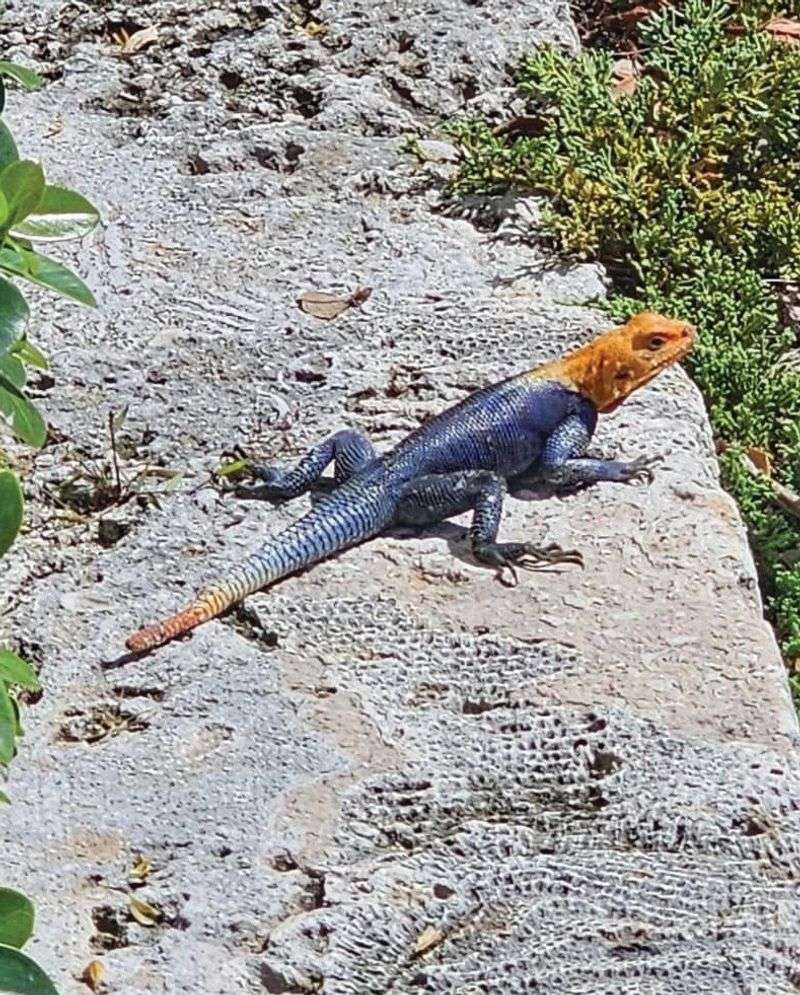
Despite being invasive, Peter’s rock agamas remain legal to own as pets in many states. This creates a problematic situation where the same species causing ecological damage can be purchased at exotic pet stores.
Irresponsible owners sometimes release unwanted pets into the wild, further contributing to the problem. Wildlife officials now advocate for stricter regulations on ownership and sales of these colorful but problematic lizards.
10. Impact On Property Values
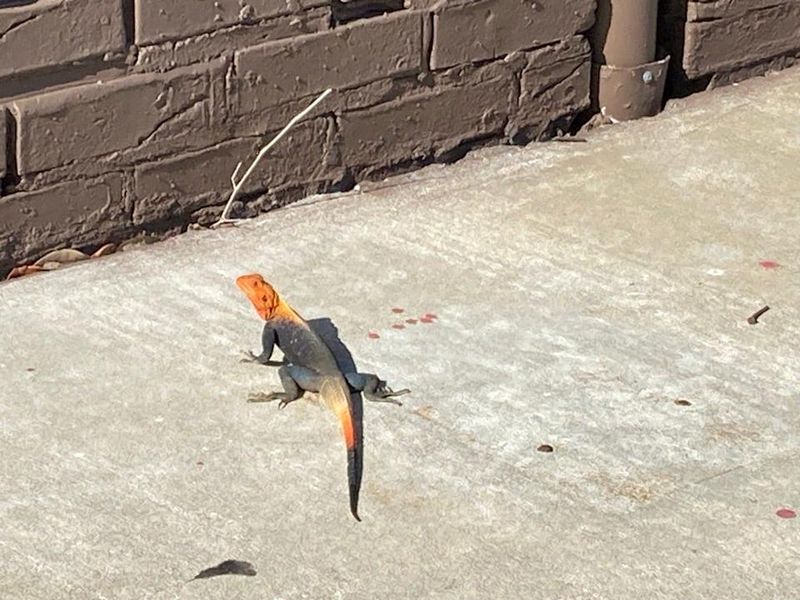
Large populations of these lizards can affect real estate in unexpected ways. Some homebuyers express concern about purchasing property where dozens of exotic lizards scurry across yards and climb walls.
While not dangerous to humans, their constant presence and droppings can be off-putting. Realtors in heavily infested areas now find themselves explaining these colorful invaders to potential buyers, sometimes affecting property values in neighborhoods with established populations.
11. Citizen Science Tracking Efforts

Everyday Floridians have become crucial allies in monitoring these lizards. Mobile apps allow residents to photograph and report sightings, creating valuable data for scientists tracking the invasion.
Schools have incorporated agama spotting into science curricula, teaching students about invasive species while gathering important distribution information. This community involvement helps researchers understand population growth and movement patterns that would otherwise go undetected.
12. Natural Predator Introduction Debates
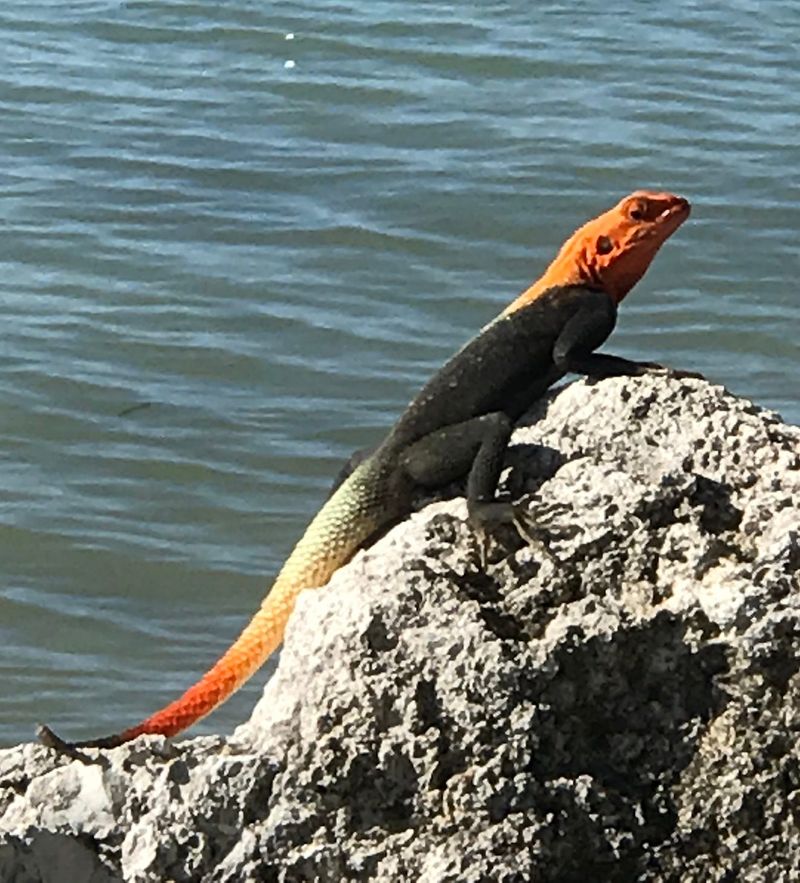
Some experts suggest introducing natural predators from Africa might control agama populations. This controversial approach has faced significant resistance from those who remember disastrous attempts with other species.
Florida’s history with invasive species offers cautionary tales about such methods. The mongoose introduction to control rats in Hawaii became its own ecological disaster. Most scientists now favor targeted removal rather than introducing yet another non-native species.
13. Future Ecological Consequences

Long-term impacts of Peter’s rock agamas remain concerning but uncertain. Their presence could potentially alter pollination patterns as they consume flower-visiting insects essential to native plants.
Competition with native lizards for resources might reduce biodiversity over time. The full ecological ripple effects may take decades to fully understand, but scientists warn that each new invasive species compounds existing pressures on Florida’s unique ecosystems.

